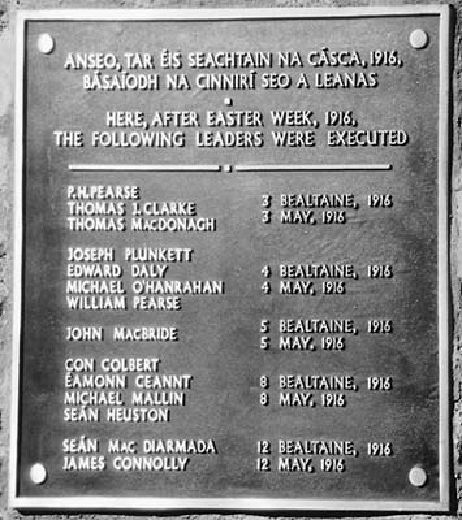Travel Reference
In-Depth Information
In the 1918 elections, the Sinn Fein party won big, but the new members of Parliament
refused to go to London, instead forming their own independent Irish Parliament in Dub-
lin. Then Irish rebels began ambushing policemen—seen as the eyes and ears of Brit-
ish control—sparking two years of confrontations called the
War of Independence.
The
fledgling Irish Republican Army faced 40,000 British troops, including the notorious
Black and Tans (named for the color of their clothes: black for police and tan for army-sur-
plus uniforms). A thousand people died in this war of street fighting, sniper fire, jailhouse
beatings, terrorist bombs, and reprisals (for a more detailed timeline of the war and events
Finally, Britain, tired of extended war after the slaughterhouse of World War I, agreed
to Irish independence. But Ireland itself was a divided nation—the southern three-quarters
of the island was mostly Catholic, Gaelic, rural, and for Home Rule; the northern quarter
was Protestant, English, industrial, and Unionist. The solution? In 1920, in the
Govern-
ment of Ireland Act,
the British Parliament partitioned the island into two independent,
self-governing countries within the British Commonwealth:
Northern Ireland
and the
Irish Free State.
While the northern six counties (the only ones without a Catholic major-
ity) chose to stay with Britain as Northern Ireland, the remaining 26 counties became the

